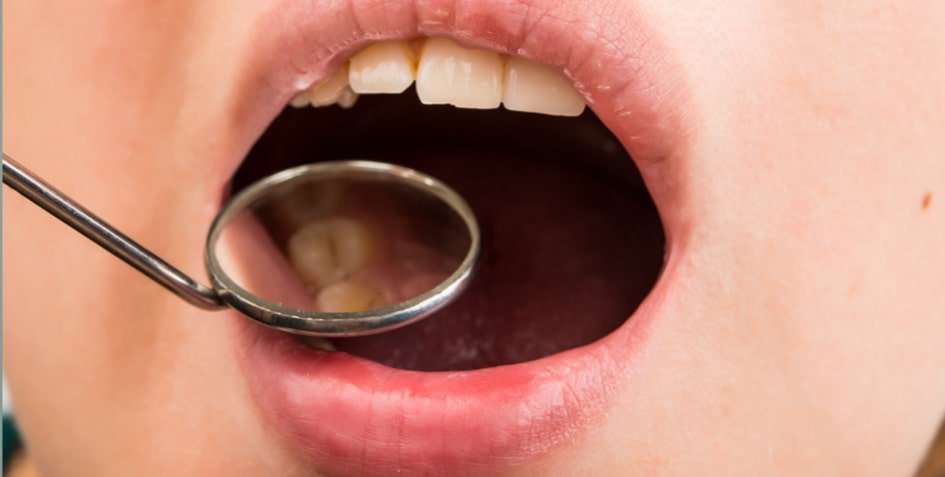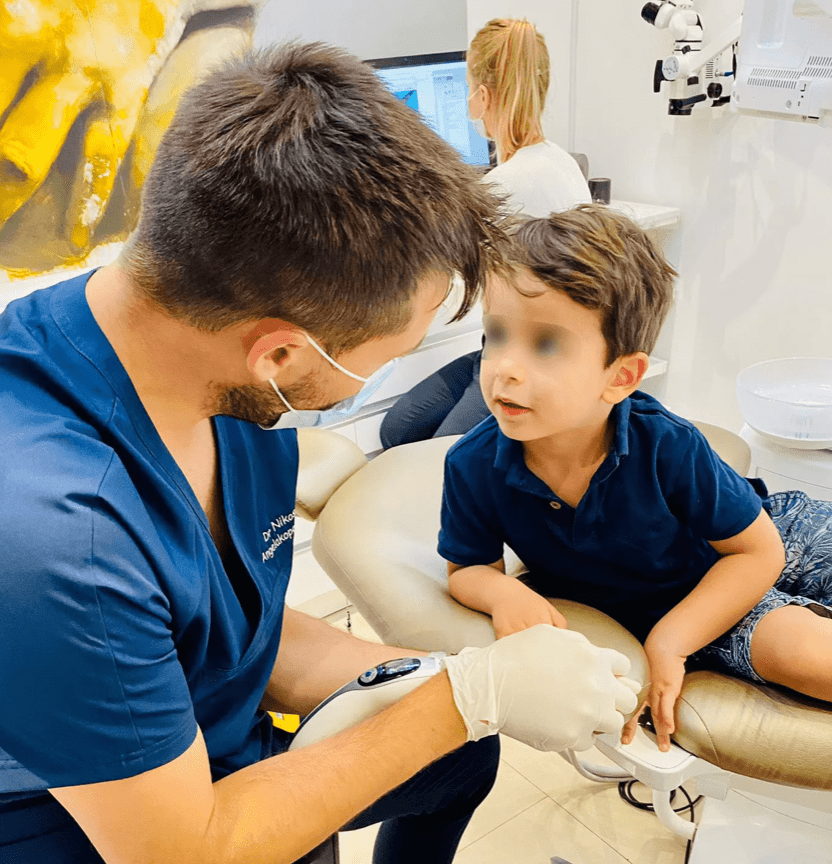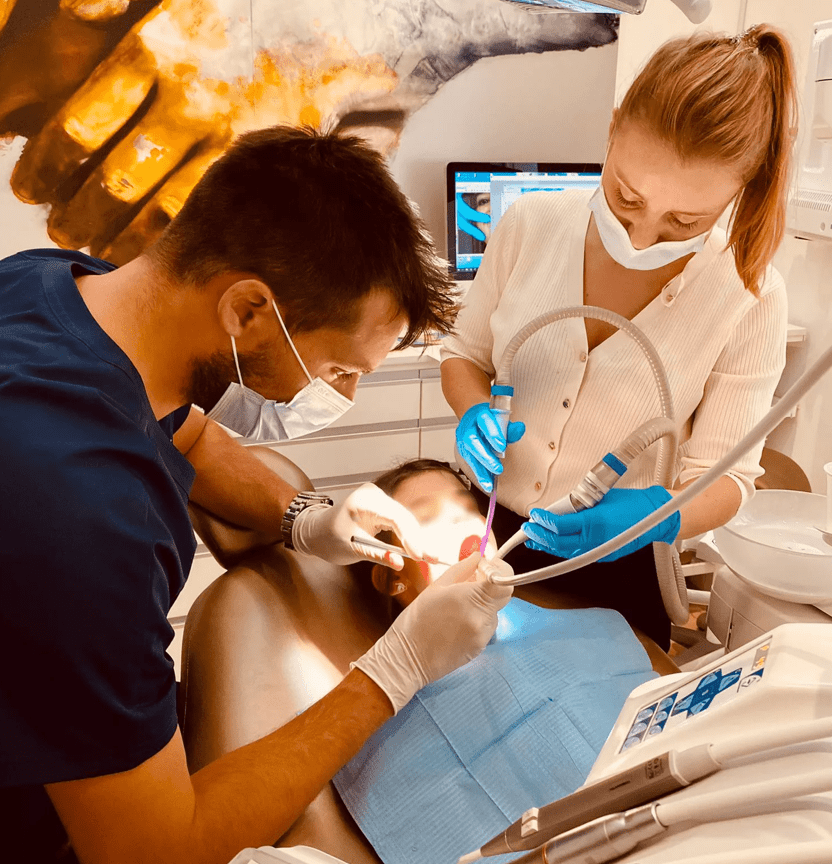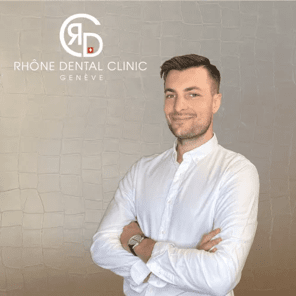Hypomineralization of molar incisors

Molar incisor hypomineralization is seen on permanent molars as delineated opacities that vary from creamy white or yellow to yellowish brown in color. This condition is systemic origin, affecting one to four first permanent molars and often involving the permanent incisors as well. Defects such as hypomineralization of molar incisors have also been detected on primary second molars, permanent second molars, and the tips of permanent canines. The severity of the defects and the number of teeth affected are variable. Yellow/brown defects are considered more severe than white/creamy opacities.
What does hypomineralization of molar incisors look like?
Hypomineralized enamel has higher porosity and lower mechanical strength, which can make the tooth not only vulnerable to dental caries but also to post-eruptive failure too when the affected tooth is subjected to occlusal loading. Atypical restorations involving uncommon tooth surfaces such as cusps can be noticed with irregular margins and opacity around the restorations. Children with hypomineralized molar incisors may have high dental sensitivity to temperature changes, making it difficult to maintain oral hygiene and increasing the risk of caries.
Incisor hypomineralization mainly presents as delineated opacities affecting one third of the incisor portion and poses major aesthetic problems. In molars, opacities affect one third of the occlusal surface and usually involve the cusps, which can lead to post-eruption breakage, dental caries and extractions.
ETIOLOGY OF MOLAR INCISOR HYPOMINERALIZATION
The etiology is unknown, but environmental factors such as complications of childbirth, premature birth, dioxins in breast milk, respiratory problems, calcium and phosphate metabolism disorders, high fevers in early childhood and antibiotic use, as well as genetic factors, have been associated with this condition. It is clear that these factors come into play during the first four years after birth and interfere with the calcification and/or maturation phases of amelogenesis, resulting in qualitative enamel defects or hypomineralization.
Hypomineralization of molar incisors is currently more frequently observed in dental clinics, which represents a great challenge for dental practitioners. Management modalities for teeth with hypomineralized molar incisors can range from prevention to restoration and even extraction.
Long-term treatment concepts include desensitizing and remineralizing products, resin infiltration, sealants, micro-abrasion, composites, veneers and crowns.
During the initial examination, we will be able to determine the best available treatment for hypomineralization of the molar incisors in Geneva. Moreover, we can define the treatment plan, the expected duration of treatment and the approximate cost.
Stop by the office for a visit, or call us at 022 310 50 77 to arrange a consultation with our dentists for your child
Children are very aware about what is going on with their teeth! They ask a lot of questions about the dentist with their imaginations. I will take the necessary time in a playful way in order to reassure them.











